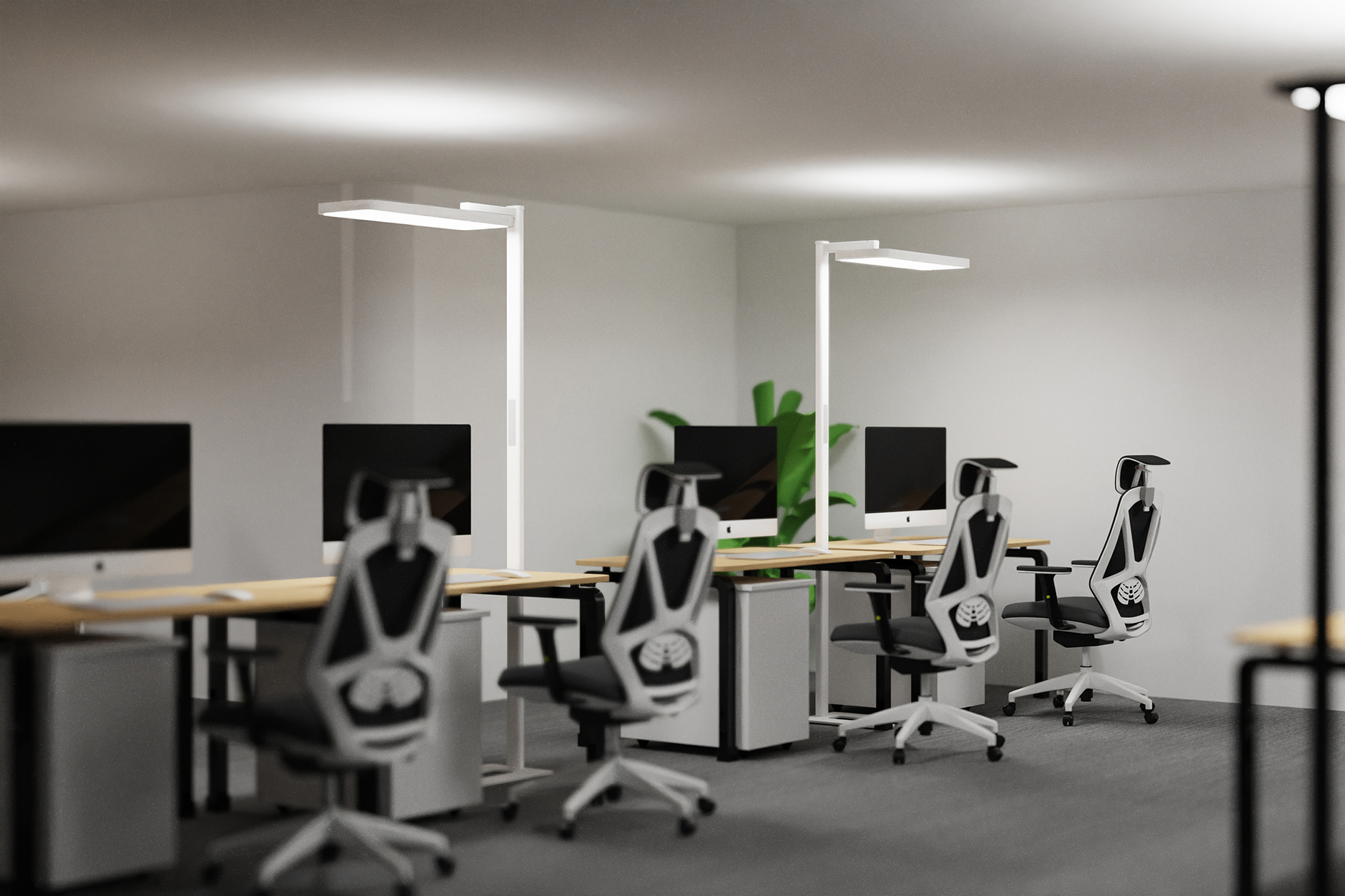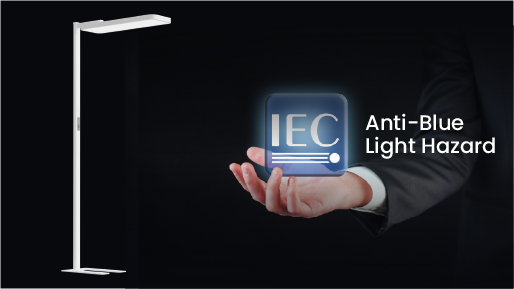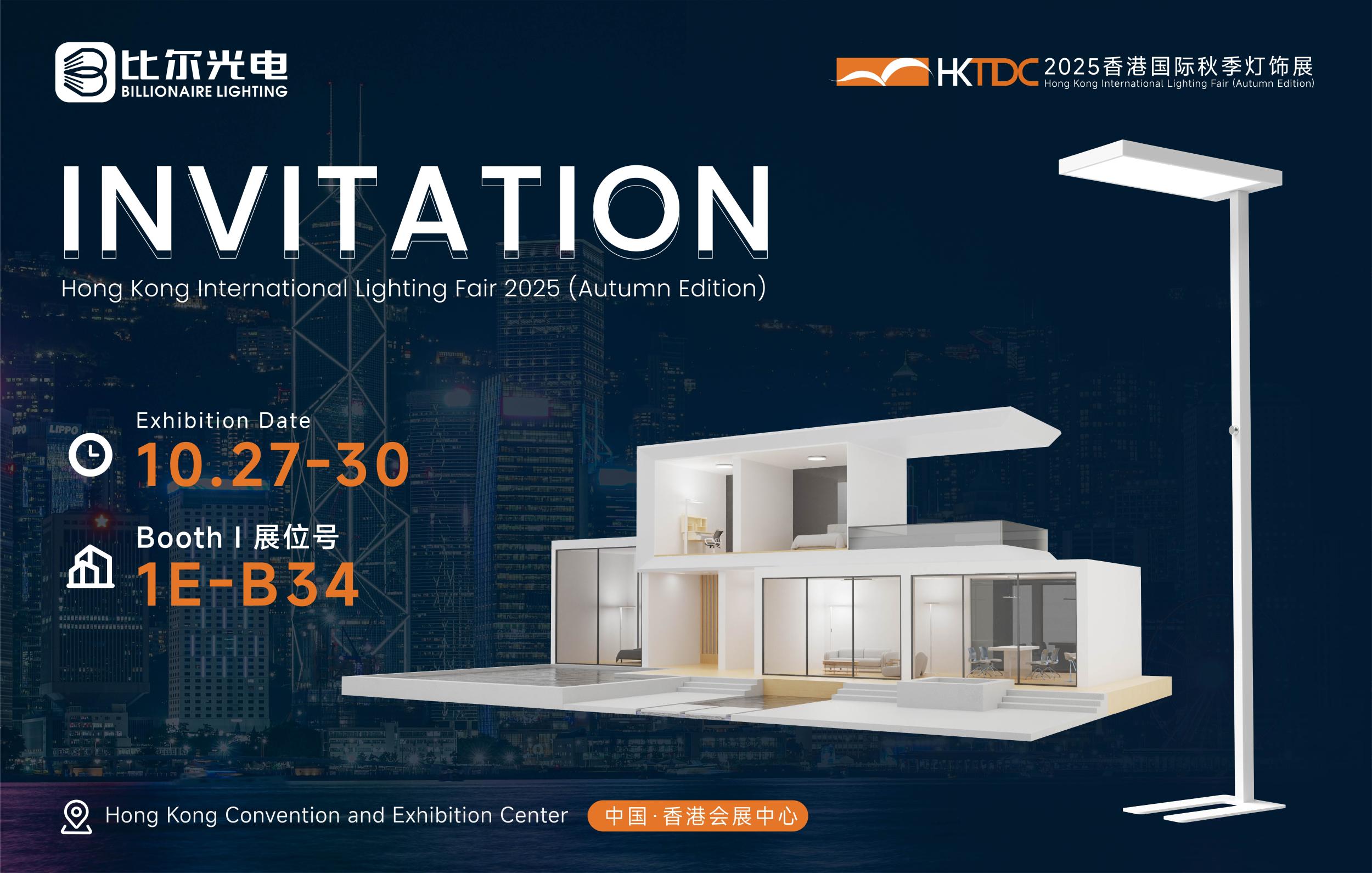In the world of lighting fixtures, stand - up lights have carved out a unique niche, offering a blend of functionality, design, and adaptability. These lights, also known as standing lamps or floor lamps, are not only sources of illumination but also integral elements in interior design, capable of enhancing the aesthetics and mood of any space. This comprehensive exploration delves into the various aspects of stand - up lights, from their diverse types and design features to their applications, energy - efficiency, and future trends.
Types of Stand - Up Lights
Traditional Standing Lamps
Traditional stand - up lights often draw inspiration from classic design elements. They typically feature a tall, slender pole that serves as the main structure, supporting a decorative lampshade. The poles are commonly crafted from materials such as wood, brass, or bronze, which lend an air of elegance and durability. For example, a wooden - pole stand - up light with a carved base can add a touch of warmth and sophistication to a traditional - style living room. The lampshades on these traditional models are usually made of fabric, such as silk or linen, which diffuses the light gently, creating a soft and inviting glow. These lamps are often used to provide ambient lighting, filling a room with a warm and cozy atmosphere. They can be placed in corners, beside sofas, or in reading nooks, becoming focal points that blend seamlessly with the existing decor.
Modern and Contemporary Stand - Up Lights
Modern and contemporary stand - up lights embrace sleek lines, innovative materials, and cutting - edge design concepts. They often feature minimalist poles made of metal, such as aluminum or stainless steel, which give them a clean and industrial look. Some modern stand - up lights have adjustable heads or arms, allowing for greater flexibility in directing the light. For instance, a floor lamp with a flexible gooseneck arm can be easily adjusted to shine light on a specific area, such as a reading chair or a work surface. These types of lights are popular in modern - style homes, offices, and commercial spaces. The lampshades on modern stand - up lights can be made of a variety of materials, including glass, acrylic, or even recycled plastics. Transparent or semi - transparent glass shades can create a more open and airy feel, while acrylic shades can be molded into unique shapes to add a touch of artistic flair.
Task - Oriented Stand - Up Lights
Task - oriented stand - up lights are specifically designed to provide focused illumination for specific activities. These lights are commonly used in areas where detailed work is carried out, such as home offices, study areas, or workshops. They usually have bright, energy - efficient bulbs, such as LED (Light - Emitting Diode) bulbs, which can emit a strong, white light that closely mimics natural daylight. This is crucial for tasks that require accurate color perception and high levels of visual acuity, such as reading fine print, working on detailed spreadsheets, or engaging in handicrafts. Task - oriented stand - up lights often feature adjustable heights and angles. A lamp with an articulated arm and a tilting head allows the user to position the light precisely where it is needed. Some of these lights also come with additional features, such as built - in magnifying lenses, which are especially useful for those with visual impairments or for tasks that involve working with small objects.
Accent Stand - Up Lights
Accent stand - up lights are used to draw attention to specific elements in a room, such as artwork, architectural features, or decorative objects. These lights can add depth and visual interest to a space. Track - style stand - up lights are a common type for accent lighting. They consist of a long, straight track with one or more adjustable light fixtures that can be moved along the track. This allows for precise positioning of the light to highlight a particular item. For example, in a living room, a track - style stand - up light can be used to illuminate a beautiful painting on the wall, enhancing its colors and details. Spot - light stand - up lights are another option. They emit a narrow, concentrated beam of light that can be directed at the object to be accentuated. In a dining room, a spot - light stand - up light can be used to highlight a unique centerpiece, making it the focal point of the table.
Design Features of Stand - Up Lights
Base Design
The base of a stand - up light is not only a functional component but also an important design element. In traditional stand - up lights, the base is often ornate and decorative. For example, a brass base with intricate carvings or filigree work can add a touch of luxury and elegance. In modern and contemporary designs, the base may be more minimalist, with simple geometric shapes such as circles, squares, or rectangles. A circular metal base can provide stability while maintaining a sleek and unobtrusive look. Some stand - up lights also have weighted bases to prevent tipping, especially those with tall poles or large lampshades. In addition, there are stands with tripod - style bases, which not only offer stability but also add a unique and stylish touch, often seen in industrial - or bohemian - style decor.
Pole Design
The pole of a stand - up light can vary greatly in design. In traditional models, the pole may be straight and feature decorative elements such as fluting or finials. A wooden pole with fluted detailing can give a classic and refined look. In modern designs, the pole can be curved, bent, or have a more organic shape. A lamp with a curved metal pole can add a sense of movement and fluidity to a room. Some poles are also adjustable in height, allowing users to customize the lighting to their specific needs. For example, in a home office, an adjustable - height stand - up light can be set to a height that provides optimal illumination for a desk, whether the user is sitting or standing.
Shade Design
The lampshade of a stand - up light plays a crucial role in determining the quality and direction of the light. In traditional lights, fabric shades in warm, earthy tones are common. These shades soften the light and create a cozy atmosphere. For example, a beige linen shade can give a warm and inviting glow. In modern and contemporary designs, shades can be made of a variety of materials and come in different shapes. A cylindrical glass shade can create a more modern and sleek look, while a conical acrylic shade can add a touch of contemporary style. The color and opacity of the shade also affect the light output. A light - colored, semi - transparent shade will allow more light to pass through, creating a brighter and more diffused glow, while a dark - colored, opaque shade will direct the light more downward, providing a more focused illumination.
Applications of Stand - Up Lights
Residential Applications
In the home, stand - up lights have a wide range of applications. In the living room, they can be used to create different lighting zones. A traditional standing lamp placed in a corner can provide ambient lighting, while a task - oriented stand - up light beside a reading chair can be used for reading. In the bedroom, a stand - up light can be used as a bedside lamp, offering a soft and warm light for reading before sleep. Some homeowners also use accent stand - up lights to highlight decorative elements in the bedroom, such as a piece of art or a favorite plant. In the home office, a task - oriented stand - up light is essential for providing sufficient light for working on a computer or reading documents. Stand - up lights can also be used in hallways, entryways, and even in the bathroom, depending on the design and layout of the space.
Commercial Applications
In commercial settings, stand - up lights are equally important. In offices, they can be used to provide additional task lighting at workstations, especially in areas where the overhead lighting may be insufficient. In a reception area, a stylish stand - up light can be used to create a welcoming atmosphere. In restaurants, stand - up lights can be used to enhance the dining experience. A traditional standing lamp placed between tables can provide a soft and intimate lighting, while an accent stand - up light can be used to highlight a special dish or a unique feature of the restaurant decor. In hotels, stand - up lights are used in rooms, lobbies, and common areas to create a comfortable and inviting environment for guests.
Energy - Efficiency of Stand - Up Lights
In today's environmentally conscious and cost - aware world, energy - efficiency is a key consideration for stand - up lights. Many modern stand - up lights are designed to use energy - saving bulbs, such as LED bulbs. LED bulbs consume significantly less energy compared to traditional incandescent bulbs. In fact, they can use up to 80% less energy, which not only helps to reduce electricity bills but also has a positive impact on the environment. LED bulbs also have a much longer lifespan, often lasting up to 50,000 hours or more. This means that they need to be replaced far less frequently, reducing waste and the associated costs of purchasing new bulbs. Some stand - up lights also come with additional energy - saving features, such as dimming capabilities. Dimmable lights allow users to adjust the brightness according to their needs, further reducing energy consumption. For example, in a room where the natural light is sufficient during the day, the stand - up light can be dimmed or turned off, saving energy.
Future Trends in Stand - Up Lights
The future of stand - up lights is filled with exciting possibilities. One of the major trends is the integration of smart technology. Smart stand - up lights will be able to connect to home automation systems, allowing users to control them using their smartphones or voice - controlled assistants like Amazon Alexa or Google Assistant. For example, a user could say, "Alexa, turn on the stand - up light in the living room and set it to a warm - white, dimmed setting." These smart lights may also be able to adjust their lighting based on factors such as the time of day, the ambient light in the room, or the presence of people. Another trend is the use of more sustainable materials in the construction of stand - up lights. Manufacturers are likely to explore the use of recycled metals, reclaimed wood, and biodegradable plastics. This will not only reduce the environmental impact but also give the lights a unique and eco - friendly aesthetic. Additionally, there may be further advancements in lighting technology, such as the development of more efficient LED bulbs with even better color - rendering capabilities. This will allow for more natural - looking and accurate lighting, enhancing the overall lighting experience.
In conclusion, stand - up lights are versatile and essential lighting fixtures that can transform any space. Their diverse types, design features, applications, energy - efficiency, and future trends make them a popular choice for both residential and commercial settings. As technology and design continue to evolve, stand - up lights will only become more sophisticated, offering even more functionality and style to enhance our living and working environments.



